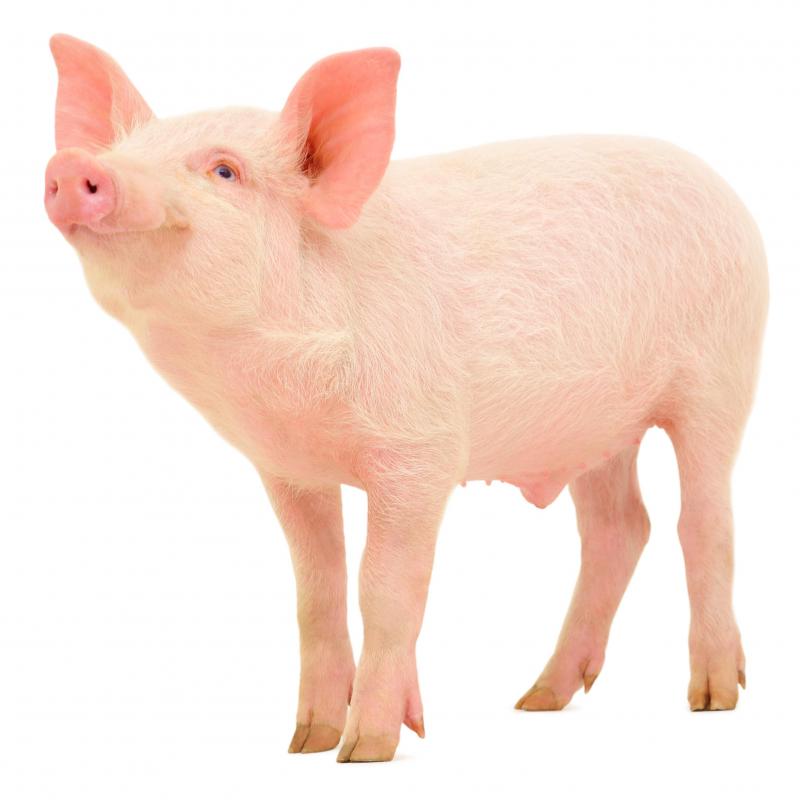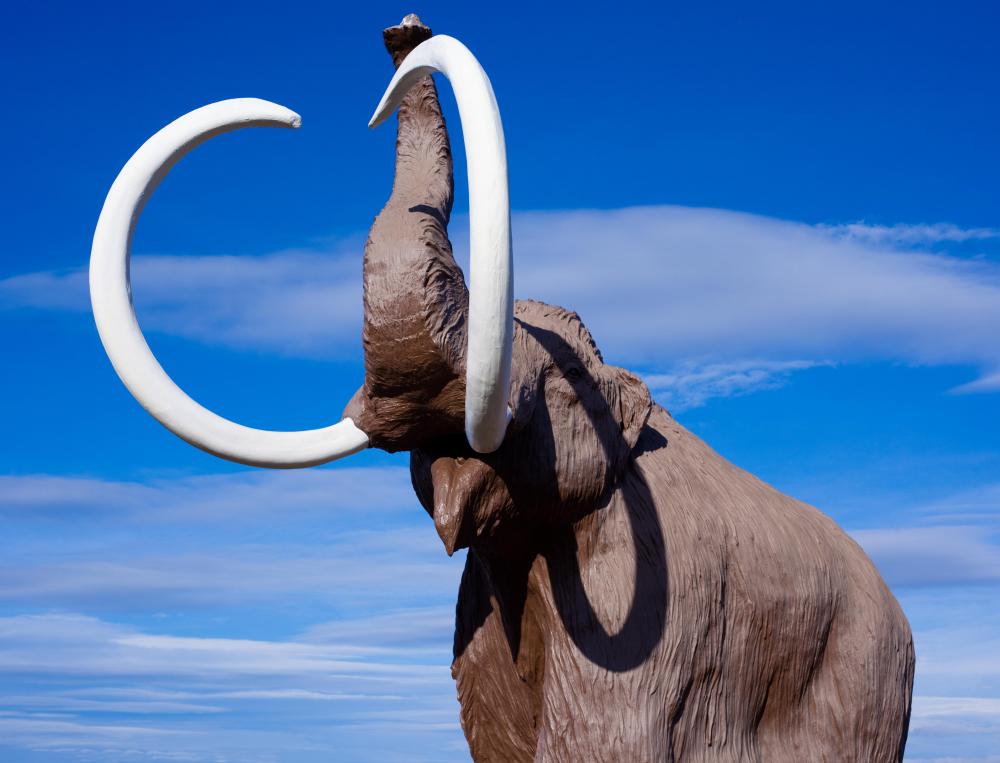At InfoBloom, we're committed to delivering accurate, trustworthy information. Our expert-authored content is rigorously fact-checked and sourced from credible authorities. Discover how we uphold the highest standards in providing you with reliable knowledge.
What Are Placental Mammals?
Placental mammals, also known as infraclass Eutheria (from the Greek eu- "well[-developed]" and ther "beast"), are currently the dominant form of terrestrial life on Earth, like dinosaurs before them, and pelycosaurs before that. The sister group of Eutheria is Metatheria, which includes the marsupials and their extinct relatives. A eutherian is usually defined as any animal more closely related to living placental mammals than living marsupials. This definition encompasses many extinct mammals.
Eutheria is one of three mammal groups, the others being the marsupials and monotremes. Monotremes only include six species, while marsupials include about 350. Placental mammals have over 5,000 species, which include humans and many animals of symbolic, practical, and economic importance to us, including dogs, cats, horses, cows, pigs, mice, deer, etc. Placental mammals emerged as the dominant large animals on Earth after the extinction of the non-avian dinosaurs 65.5 million years ago.

Like other mammals, placental mammals are covered with hair, endothermic ("warm-blooded"), and have an extra brain layer (cortex). Their body temperature is slightly higher than marsupials and monotremes. They are distinguished by these other mammal groups by a number of characteristics, including their genitals, the separation of genitals and anus, and their vivipary (young stay inside the body until fully developed). Though live birth is traditionally associated with these types of animals, many other organisms practice it, including certain plants, fish, scorpions, some sharks, some snakes, and in velvet worms. Vivipary is thought to have evolved independently on many different occasions.

Being the dominant terrestrial vertebrates, placental mammals have occupied a number of ecological niches, from small scavengers to herbivores of all sizes to powerful carnivores like wolves and bears. Many of the largest members of the Eutheria class, including giant rodents, mammoths, saber-tooth tigers, and many others, went extinct in the last million or so years. The greatest extinction wave occurred around 50,000 years ago, as our ancestors spread across the planet, overhunting many species to extinction in their wake.

Placental mammals have some of the most developed brains in the animal kingdom, culminating in order Carnivora (cats, dogs, and relatives) and primates (gorillas, monkeys, humans, etc.) Of course, of all placental mammals, humans have been the most successful. Now numbering about 7 billion individuals worldwide, humans, their pets, and livestock are estimated to account for 99% of all vertebrate terrestrial biomass.
AS FEATURED ON:
AS FEATURED ON:

















Discussion Comments
What features do placental mammals have that make them placental mammals?
I was reading recently about new research showing there might have been several more forms of proto-human placental mammals in prehistoric times. Imagine if there were two different humanoid races battling for dominance even now, or even coexisting. The whole structure of the world would be different.
The word placenta comes from the Latin word for cake, and the Greek word for "flat, slab-like". According to that, we are all cake-mammals. But of course, it is not really possible to get all of your nutrients from cake the way babies get them from the placenta.
very nice article, thank you.
Post your comments